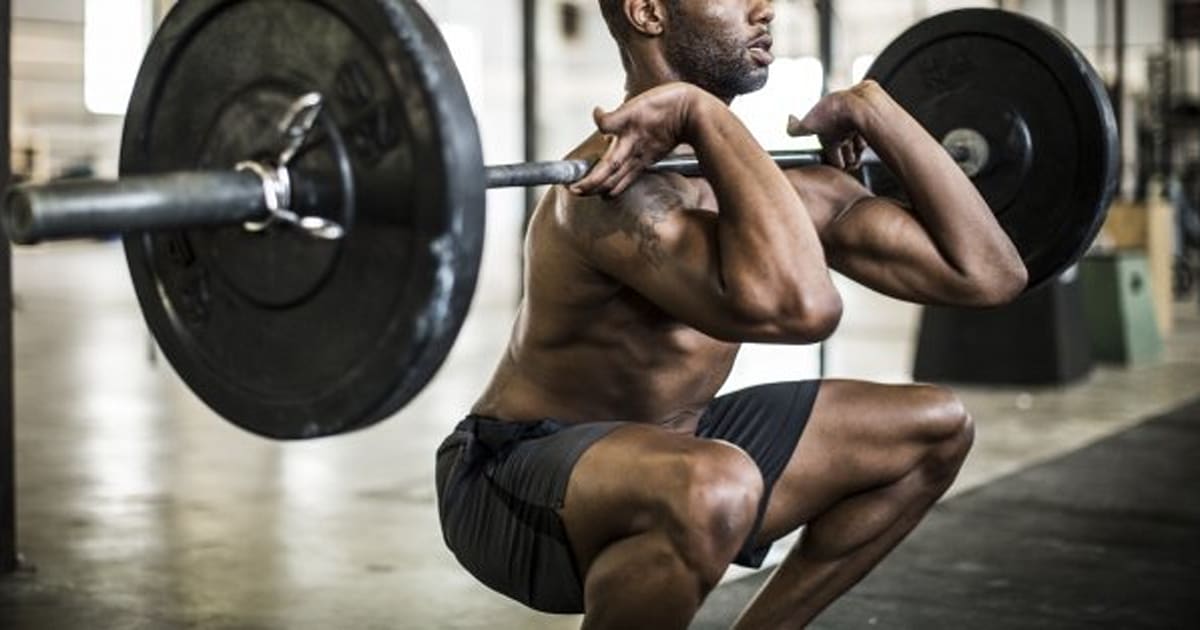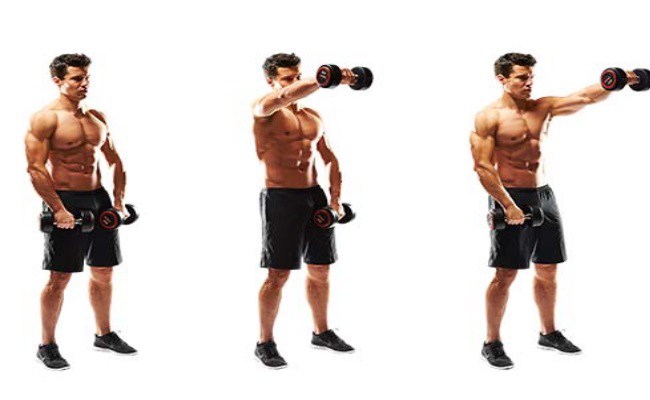
Knowing The Difference Between Compound & Isolation Movements
Weightlifters generally have an idea of the muscle groups they’re going to work on before they step into the gym, regardless if they’re planning to perform a full body routine or workout splits. No matter which body part you’re working on, a complete workout will consist of either compound or isolation movements.
Compound movements give you the ability to exercise your larger, heavier muscles, while isolation movements focus on smaller muscles that require more time under tension for advanced development.
Once you know the purpose these types of exercises, using the right amount of them in your training can make your workouts much shorter and efficient.

Compound Movements
Compound movements are exercises that use more than one prime muscle group and which two or more joints are responsible for the movement. Compound movements are usually needed to move large amounts of weight, much like the barbell squat or bench press.
They also use small accessory muscles to stabilize and assist the movement. New weightlifters should use a foundation of compound exercises in their workouts as their nervous system has yet to establish proper stability and balance.
Compound movements also make your workouts more efficient because of collapsed time frames. Rather than adding unnecessary sets to train your muscles, you can perform the same level of work with heavier, low rep exercises to build larger amounts of strength early in your training years.
When we perform exercises that recruit large groups of muscle, we have stronger hormonal response levels. Testosterone and growth hormone are both released when muscle fibers are recruited since they need more energy to be repaired.
Compound exercises are most effective when performed in low rep ranges (6-12 repetitions).
Isolation Movements
Isolation exercises involve only one joint of motion and one muscle group for the action. An example of this is the bicep curl or the dumbbell fly, both of which only focus on one particular muscle group being contracted.
Isolation movements are more time intensive because of the small accessory muscles that have to be developed for a well-balanced and aesthetic physique.
This is also why this better to focus on this when you’re an intermediate/advanced weightlifter, developing muscle this way often requires many years of training to see great results.
Isolation movements also require more repetitions to be effective, closer to the 12-15 range for all exercises.
The Wrap Up
There are both benefits and downsides to using compound and isolation exercises in a workout program. If you’re new to bodybuilding, you should focus on compound movements for better stability and muscle memory that will be needed for more difficult exercises. Compound lifts help you gain more size and isolation movements are best for creating symmetry.

